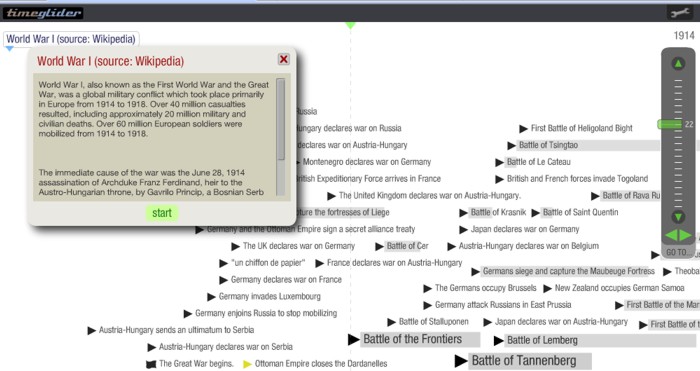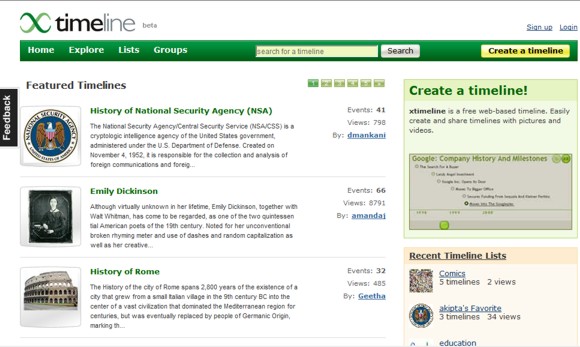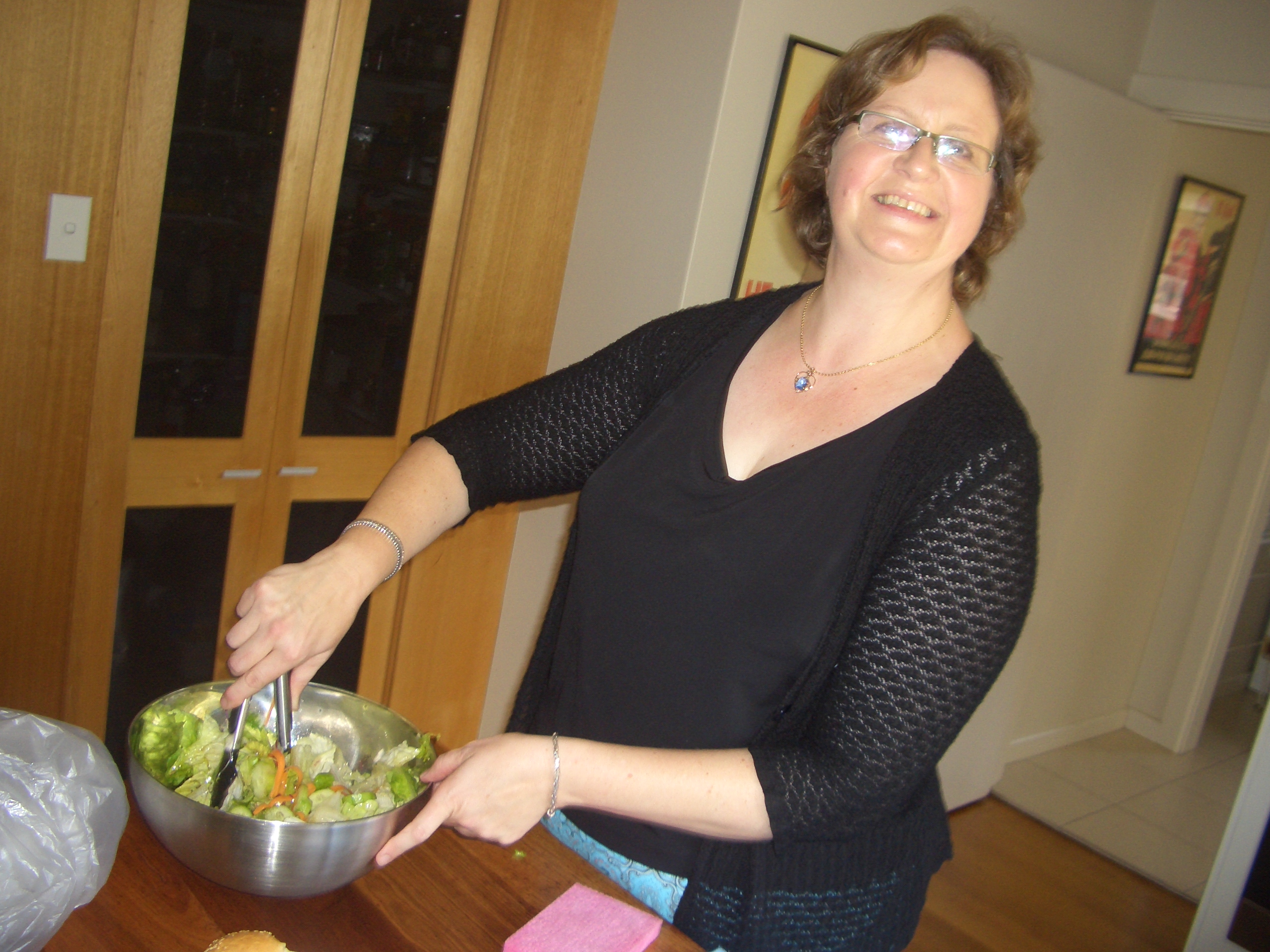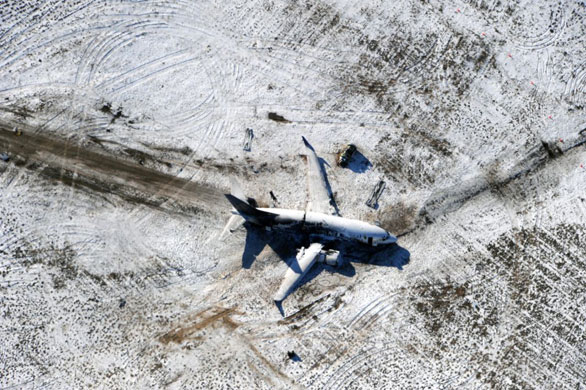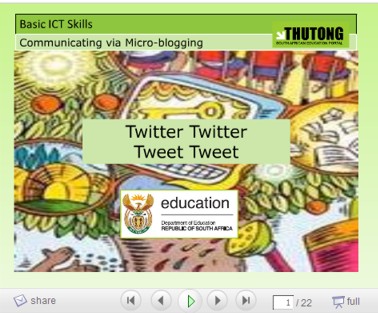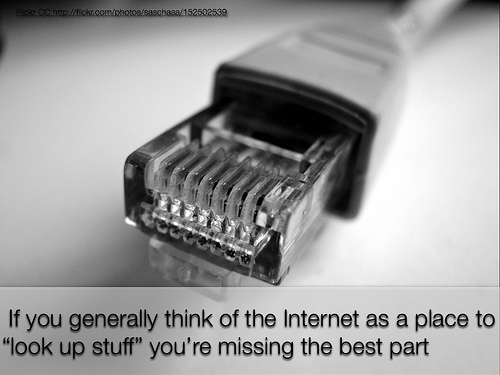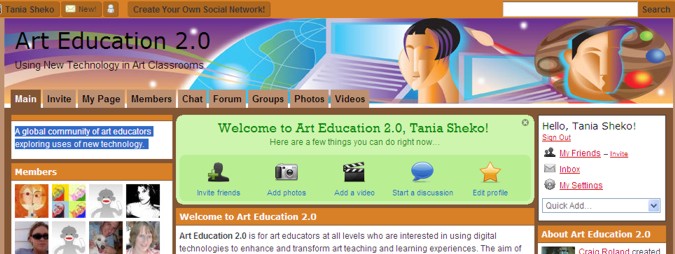Listen to John Seely Brown’s talk where he addresses the Carnegie Foundation for the Advancement of Teaching, Stanford, CA, 2008.
[youtube=http://www.youtube.com/watch?v=9u-MczVpkUA&feature=player_embedded]
I am what I create is how John Seely Brown defines our new identity.
I’d like to paraphrase what John says in his talk ‘Tinkering as a mode of knowledge production’, and also to offer some of my own thoughts.
Here’s the gist: Since many of the skills that we learn today have become obsolete several years ago, we must find a way to get today’s kids to embrace change, to want to constantly learn new kinds of things, to find a way to play with creating knowledge on the fly by experimenting with things. Notice how different this is to the traditional learning of finite knowledge imparted by the omniscient teacher . How do we initiate this tinkering, this creating of knowledge? John Seely Brown says we need to look for ways to foster the imagination; if there’s no imagination, there’s no creativity. And he places the tinkering learners within a new culture of sharing, in peer-based learning communities, where kids learn from each other. The challenge, he says, is to find new learning environments. We need to go back in time, so to speak, to the comprehensive classroom that had students of all ages in it, where the teacher was the organiser, the facilitator, and where students’ learning was as much from other students as from the teacher. We need to construct an environment where we are constantly learning from and teaching each other. And now for the tinkering.
What is tinkering? John Seely Brown sees it as the creation of something concrete as opposed to abstract or theoretical learning out of context.
Let me take my imagination and build something from it. Build something concrete instead of decontextualised knowledge. Once we’ ve created this concrete thing, we can see if it hasn’t worked, why doesn’t it work, and ask questions: how to build it better. We expect this thing to do something.
Why do we need this new learning environment? We live in a different type of world, one of rapid change. We need to find ways to tinker with ideas, ask good questions, and be able to take criticism. We need to learn in this architectual studio, where all work in progress is made public .
This makes so much sense to me. Currently, as part of our project for the Powerful Learning Practice program in which our school is involved, we have decided to create a NING, a whole-school online learning network, in order to bring the members of our school together, learning from each other, sharing, and making all our processes and projects transparent. In the new learning environment Brown speaks of, we are all able to witness each other’s struggle, understanding the process each of us is going through. What a powerful way of learning with and from each other. As Brown says, when the design is finished, and you overhear the master critiquing another’s design, this has tremendous meaning to us as well because we’ve been part of the process of the each other’s constructing of design. In this distributed learning environment, you learn to accept criticism. You want to be critiqued, you appreciate criticism, you learn from it. Brown sees this as one of the key platforms for lifelong learning and in embracing change.
Today’s networked technology allows us to build distributed communities of practice. Instead of us physically working shoulder to shoulder with others, our avatar is working shoulder to shoulder with others. We have infinitely more powerful tools to craft things, to mash this up. Creativity takes on new possibilties through tinkering – our tools not only allow us to create but also remix. In a short space of time, we can take what we see from others, rework it and recreate it, then give it back to the community for further reworking. How much better is this than isolated learning and creating?
The second message in John Seely Brown’s talk is something I’m very excited about. It’s a positive statement about young people today, and I urge everyone to think about it seriously, because it counters the many negative statements that are thrown out about young people in the age of technology. We are on the cusp of the creation of a new identity. In prior decades a lot of kids grew up thinking ‘I am what I wear’, or what my parents own, or how much money we have. Identity came from material possessions. I’d like to add to that by saying that identity also came from what we did for a living. Our occupation was who we were. It was the name of the occupation that was important, not the internal workings and processes of these occupations.
Here is the most exciting part of Brown’s talk for me : JUST MAYBE, he says, just maybe we are entering into a world now where our own identity gets defined by what we’ve created and what others have added to it.
This is a sense of identity constructed for myself. I passed something onto others, and they have been able to do wondrous things with this as well.
I can relate to this so well. When my children were younger and I was unable to teach full-time for several reasons, I was a ‘housewife’. I was not a teacher, I was not a thinker, I was not someone with creative talents, I was defined by my title. Now that I’m a teacher once again, I’m pushing beyond this title too. In my writing (which is really a remashing of my reading of others’ thinking with my own thinking) in my blogs and personal learning networks, I’m stretching my identity to include much more of my potential, and I’m doing this shoulder to shoulder with many others around the world. Technology is allowing me to recreate myself along with others – unlimited by my geographic location, unlimited by time zones. I’m creating my own identity within a new learning community. I’m a teacher, but what’s most satisfying and comfortable for me, I’m a learner.
As John Seely Brown says THIS IS A DIFFERENT WORLD.
